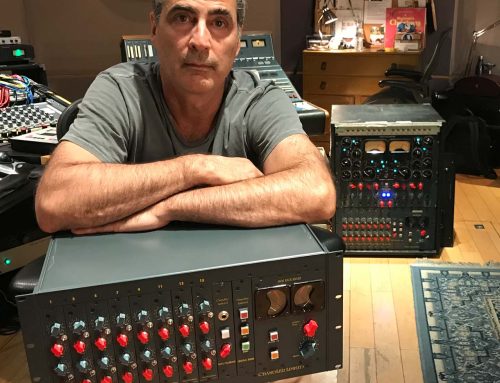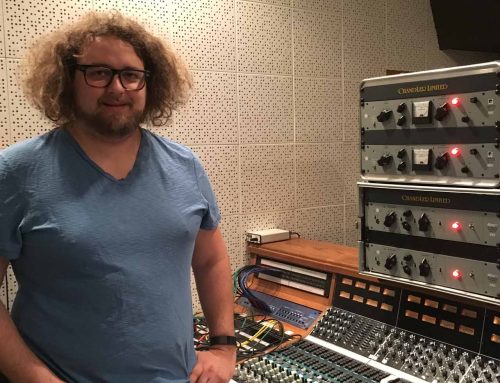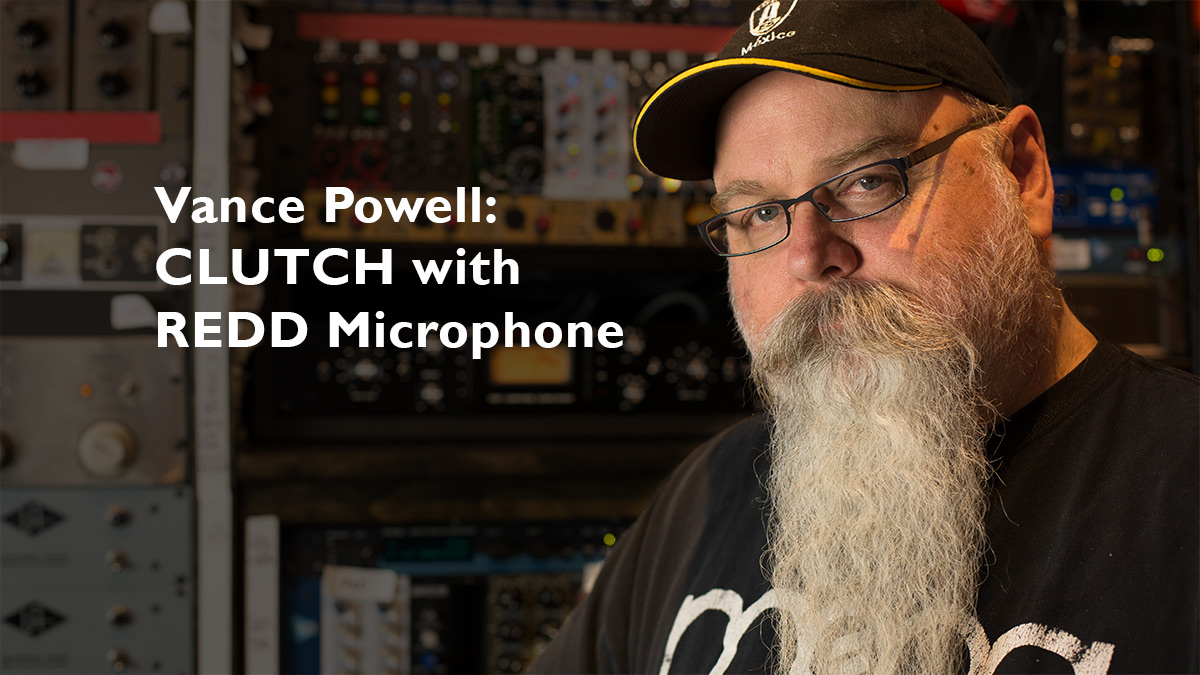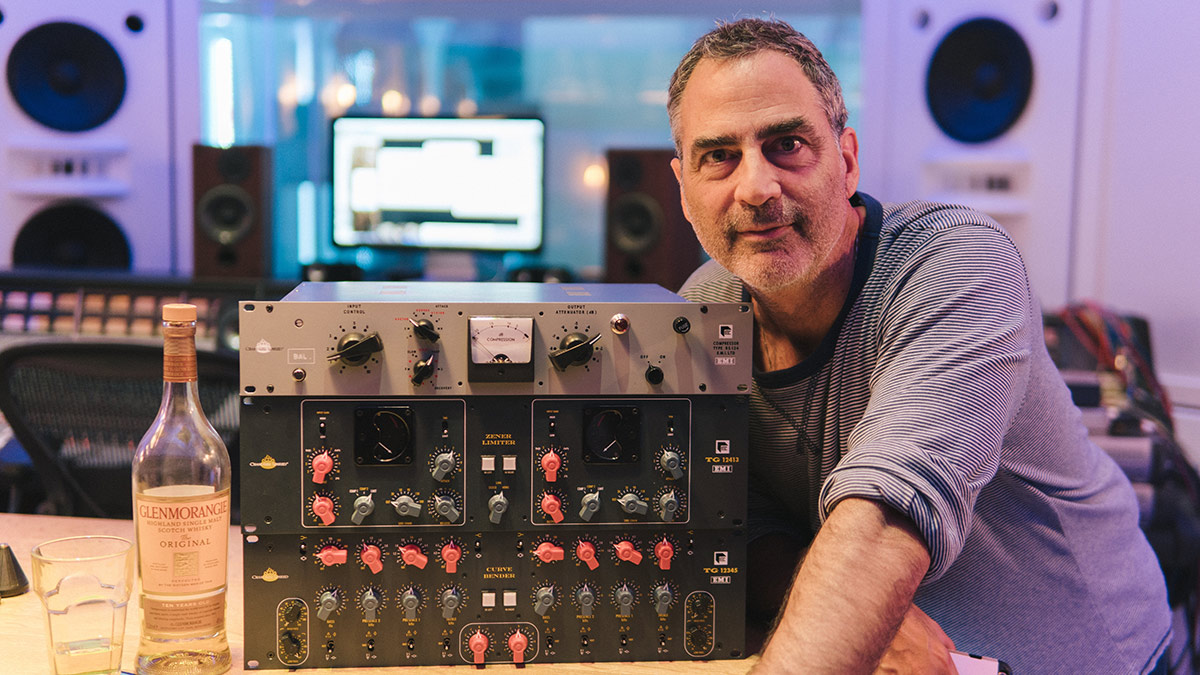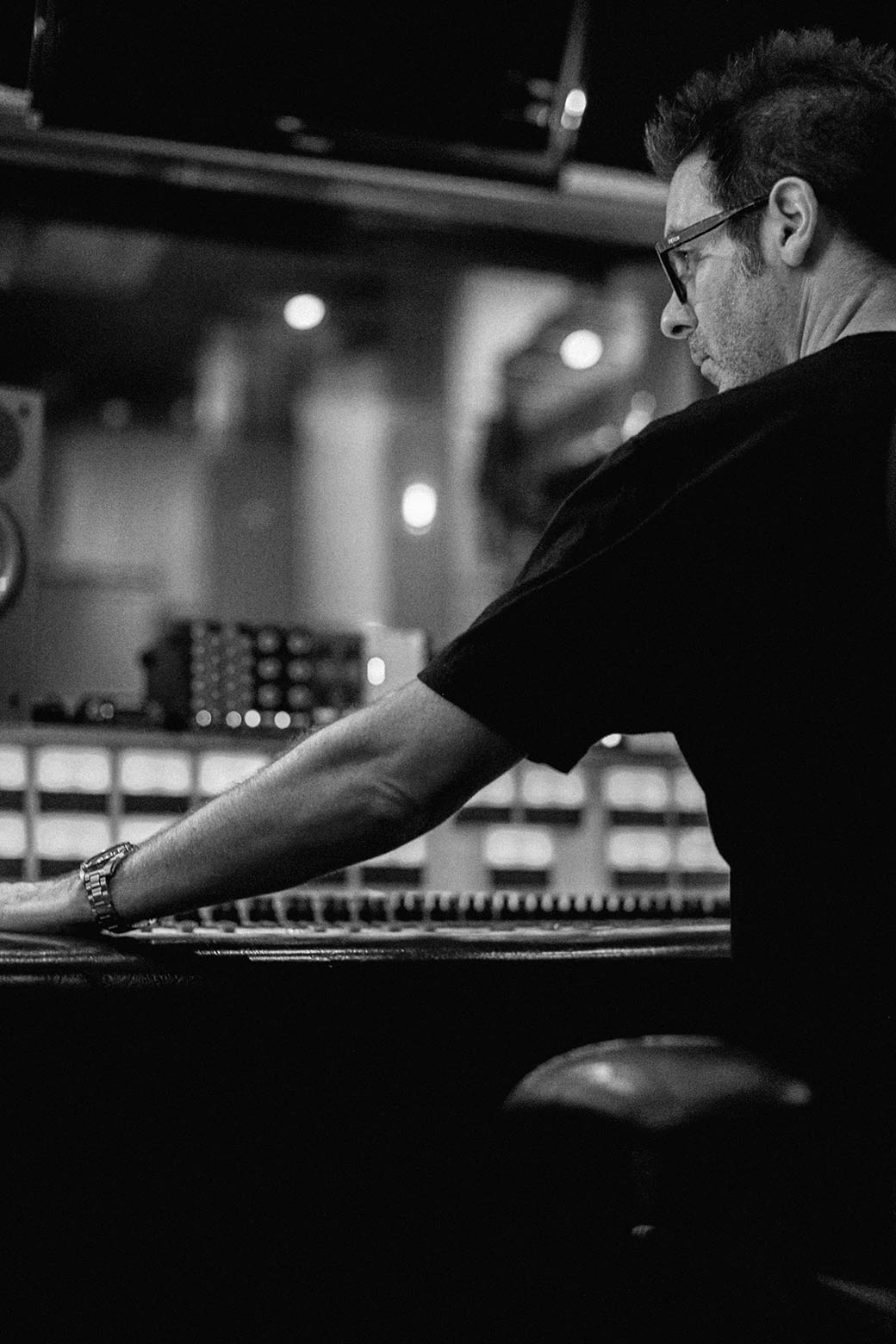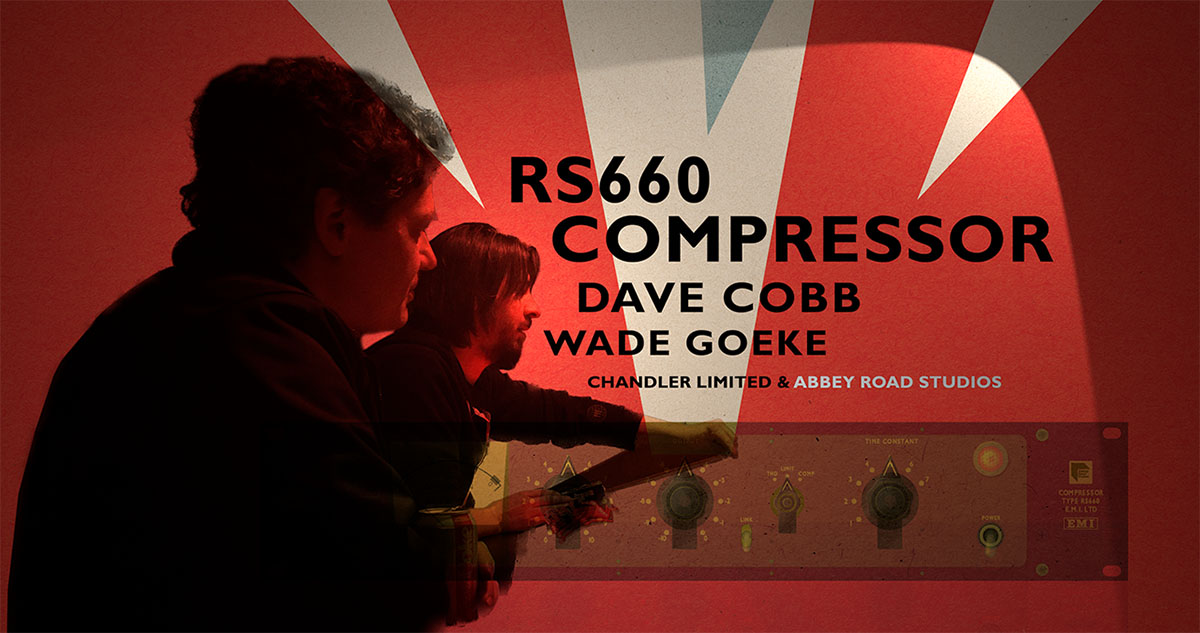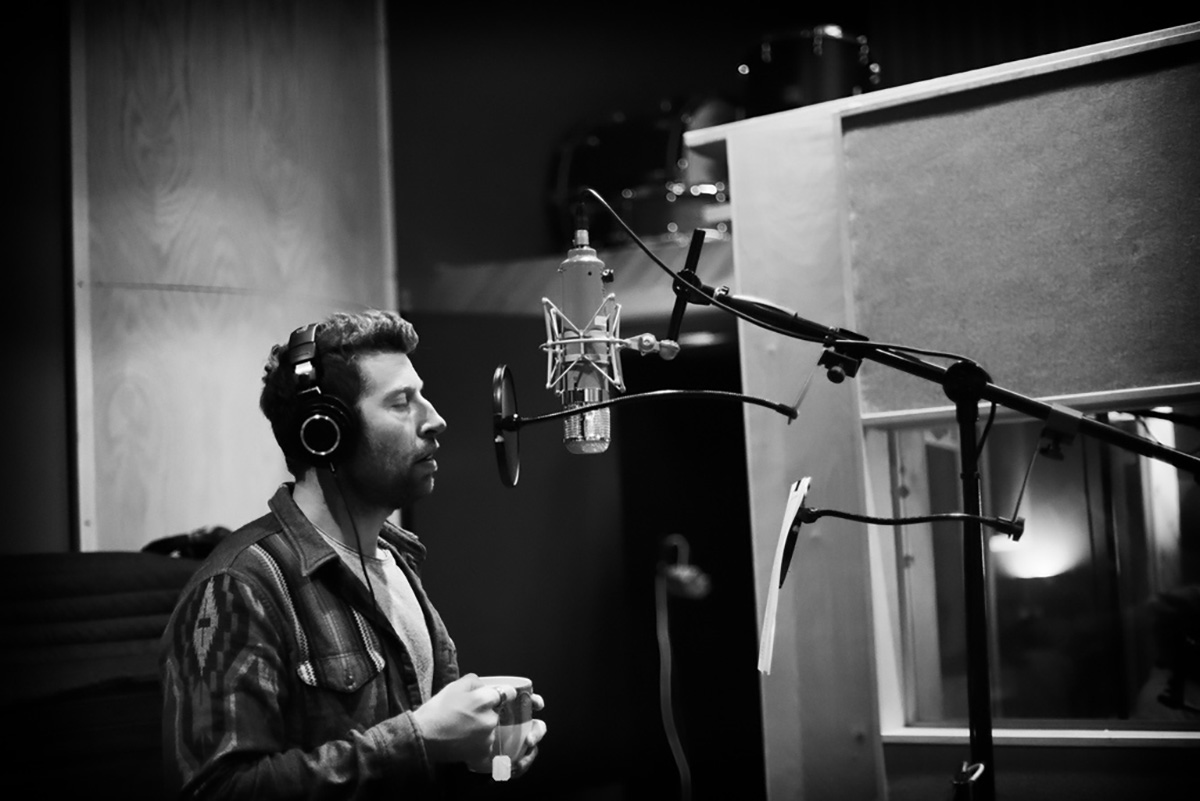

Greg Griffith, Peacedale Records Studio
GREG GRIFFITH – Owner of Peacedale Records Studio — Connecticut, USA. Producer, Recording and Mixing Engineer, Songwriter and label owner of Peacedale Records.
These days Greg is mainly a producer and mixer, who does some songwriting and co-writing and runs a small record label. Greg has a private residential style studio in a ‘60s mid-century home, located in Connecticut, where he does most of his recording and production. It’s a beautiful spot on 18 acres and it can comfortably sleep a lot of people. Greg– “It’s a place where we can immerse ourselves in being creative. The recording spaces are nontraditional, but sound great. I love unique recording spaces…they seem to disarm the typical ‘clock ticking’ and ‘we are in a fancy studio pressure’ mentality. One of the coolest things about the house it that it came with a concrete bomb shelter; I turned it into a reverb chamber that I think rivals Capital or Motown chambers.”
Greg’s done it all, in and around the music business from recording engineer to roadie (Alanis Morissette Jane’s addiction) and producing records for Amy Ray of the Indigo Girls. He’s worked with Le Tigre, sex mob, The Word (featuring Robert Randolph) tons of indie bands and Hip Hop projects over the years. Greg’s also played guitar in NYC riot girl band Vita Pup in the early ‘90s and played bass in Mellodrone in the early 2000s; he’s also worked as a composer and creative director for advertising for almost 15 years.
How long have you been in music production?
GG: 23 years!
I got my first mixer and two turntables from Radio Shack at 12 years old and I bought a TR-505 drum machine from a pawnshop and started making music. Soon After that I began playing drums in punk bands. I had 4 tracks and reel to reel 8 track decks. It has been a never-ending evolution from there.
In my early 20s I moved to New York City to pursue being a recording engineer. Honestly, I didn’t know anything or anyone, but I called a studio that I saw on the back of a few records that I loved and told the guy I’d work for free. Within a few weeks, I was making records and off I went recording and producing. So, to answer the question…I’ve been producing for as long as I can remember. Though I never thought of it in the terms that we seem to use “Producer” now, it was just something I loved doing.
What drove you (inspired) into the music production?
GG: I think it’s the curiosity in me to want to know how records or certain sounds and the associated feeling are created. I’m the kind of person that when I hear a great song or recording or even see a painting, I feel challenged. I want to know how the artist mixed the paint to get that color. I want to know how the drummer tuned the drums, where the engineer placed the mic, it becomes a pursuit.
Where did you first learn about or experience Chandler Limited gear?
GG: I’m sure that I was in a studio with Chandler Gear prior to this, but my first real experience was the TG1 Limiter which I purchased for a studio that I was putting together in North Carolina around 2007.
I also had the mic pre too; I think it was called the TG channel (TG12411)? I was putting together an analog studio built around MCI JH-24 with a bunch of cool mic preamps and stuff; we would track to tape and then dump it into Pro Tools.
I just remember the TG1 was magic on everything vocals, drums, acoustics. I didn’t have a lot of compression at the time I think maybe I had a couple of 1176s and the TG1.
What Chandler Limited gear do you own?
GG: Now I have, two RS660 Compressors one RS124 Compressor, but I’m looking for another RS124 as we speak. I have a Zener Limiter, a Curve Bender, and I have two Little Devil 500 series comps. I’m trying to get another REDD Microphone. I had one and I sold it because I needed money at the time to buy a few ribbon mics and now I regret it; those things really hold their value.
What is it that you like about Chandler Limited gear?
GG: Well, the aesthetics make me feel warm and fuzzy and I love Vari Mu and Diode compression.
I have this theory about audio circuit designers…I think some designers want to hear things the same way that I want to hear them. And some designers seem to have a different take and it doesn’t resonate with me even though their gear may be objectively fantastic. I have owned a lot of vintage gear over the years and Chandler Limited gear resonates with me in the same way. It has a harmonic complexity that is unique and familiar at the same time. Also, it can’t be stressed enough how important a company with a good service department is to me.
I had an issue with my Zener Limiter that I had bought used. I wrote Chandler, got a quick response and had it there and back in no time; Thanks Jen!
Also, I just trust the gear. I have a particular way of working these days and I try not to involve the computer as much as possible. I like to treat Pro Tools like a tape machine that has some cool EQs built-into it. I do as much of my processing outside of the box as possible. The RS124 and RS660 are at the top of my insert chain. I realize that this may or may not be necessary, but it makes me happy and sounds great.
What, where and why…
Let’s get to the gear! Tell us what Chandler gear you’re using, which sources and more importantly, the reasons for your sonic choices.
RS660 Compressors, Pair
Where: I just recently used this for a supergroup that I produced called the silo sisters featuring Bonnie Sims, Melody Walker and Phoebe Hunt.
Why: I bought a second RS660 Compressor for this project. All of the tracking was live and I needed three vocal compressors that I could trust. So, I had an RS124 and the two RS660s. These singers have a big dynamic range and I needed to protect the takes as well as ad some vibe. After we were done tracking, I went through and processed the acoustics, mandolin and fiddle using the RS660s. The RS660 Compressor can go from a color box to an amazing limiter or a gentle comp. You can be incredibly aggressive with it and there’s no artifacts. If I use the harmonic saturation (THD mode), I will often use that in parallel, especially on a vocal. When I’m in the mix phase, I have everything as hardwired inserts and I can drop the RS660 or RS124 in like plug-ins on tracks to decide what is working best. I use the commit feature in Pro Tools, that way I can process a track and save the original. If I change my mind later, I can go back. However, I try to make a decision and build on it.
Where: Old Souls Revival from St. Louis; I used this a ton mixing their new record— bass, vocals, guitar and snare drum.
Why: It’s a great sounding record recorded by the singer. Though, when you get into the mix sometimes some tracks are a bit anemic and need some love. I created a chain of a Coil Audio tube pre into the RS124 and I send tracks through it; honestly, it’s one of the greatest things I have ever heard.
On bass, Vocals, guitars, snare drum, It’s incredible! I can add body and life to a track without crushing the dynamics and transients. Unless, if I want to crush the dynamics and transients, then I can do that too.
I used to have a Altec modified to RS124, but the Chandler Limited EMI Abbey Road Studios RS124 is leaps and bounds more interesting sounding and reliable.
Where: Esther Kohl, Jhanna Alan Rachel Baiman Viv and Riley project; You name it. Mix Bus.
Why: The Curve Bender EQ lives on my mix bus! For years, I went in circles reading reviews about the Curve Bender. I probably read the same Tape Op review about the Curve Bender 25 times.
I enjoyed the plug-in, but I was looking for an EQ in the real world and I finally found one and traded some fancy gear that I wasn’t using for it. You just can’t explain it, it does a thing that nothing else can. When I’m mixing a project, I will typically have a “set it and forget it” setting and I mix into it and it just sounds great; I find that I do less drastic eq on individual tracks.
Where: This piece is pretty new to me. I’ve used it on the Silo Sisters project and the Esther Kohl record that I’m currently mixing.
Why: As I’d mentioned, I love Diode compression. I do use the Zener Limiter for individual track processing, before I get into my master bus set up, especially parallel drum stuff rooms and overhead; I also just love it as a limiter in mono mode too. However, this is another one that stays inserted on my mix bus. I don’t really even want the meters to move much. It just sounds great and I use it to add a few DB gain.
Where: Jake Neuman and The Jaybirds is an artist from Nashville that I signed to my label. We made a great record in 4 days. Jeff hill on bass (Steve Earle, Rufus Wainwright, Chris Robinson project) Tony Leone on drums (Little Feet, Chris Robinson project).
Why: I used the REDD microphone on every vocal on the record, plus the room mic for the Drums too. Like I said…I sold it to buy some ribbon mics and then I realized that I regretted it, especially when I listen to that record. I’m trying to find another one. You can’t beat a vocal mic with a built-in REDD.47 preamp! What more do you want?
Where: On every project; I love diode compression.
Why: These little things do so much between the germanium and diode settings, and the mix knob. I use them when I’m looking to create a vibe on room mics when tracking a drummer or even guitars or when the bass player sometimes just needs something that feels aggressive and responsive.
I’m a crazy person and I literally emailed your tech department last year, asking for you guys to make a stereo single rack unit of the Little Devil compressor. I think it would be a hit and you could name it after me. 😊
Who supplies your Chandler Limited gear habit?
GG: Craig Calistro at Calistro Music.
To learn more about Greg Griffith, Peacedale Records Studio, Peacedale Records and his Chandler Limited gear visit— https://www.peacedalerecords.com or follow @peacedale.records.studio on Instagram.

